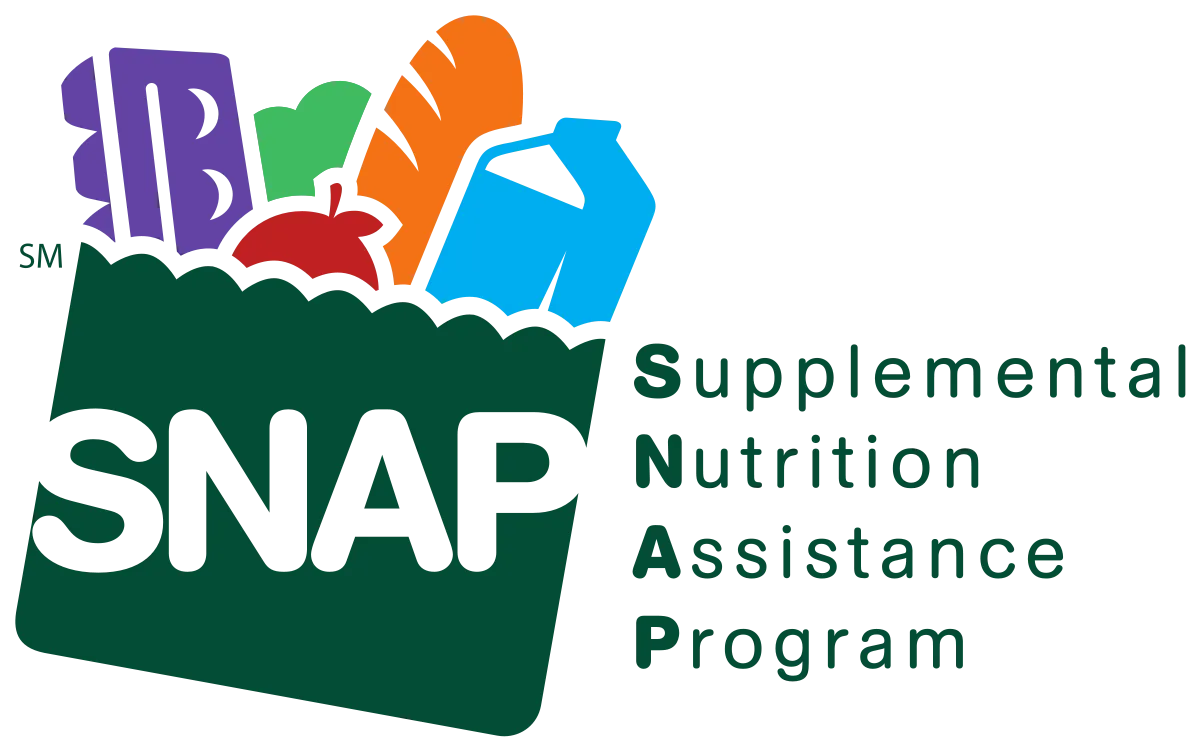Supplemental Nutrition Assistance Program benefits not only provide struggling Americans with food, but also disproportionately help rural communities' economies, according to a newly published study from the Agriculture Department's Economic Research Service.

SNAP benefits helped rural economies nearly three times as much as those of urban communities, researchers found after examining household expenses of SNAP recipients between 2009 and 2014 and extrapolating how the benefits affected local employment, income and more. SNAP is the largest anti-hunger program in the United States and provides nutrition assistance payments to low-income Americans for food purchases. Prior to the Great Recession, SNAP benefits totaled $34.7 billion. But after the recession, SNAP benefits, as part of the American Recovery and Reinvestment Act of 2009, were increased to an average of $71 billion," Liz Carey reports for The Daily Yonder. "The SNAP benefits can only be spent on food-at-home items – so farm produce and processed foods. Researchers said that providing low-income residents with food assistance freed up families’ grocery money for other purposes. For every dollar of SNAP benefits, researchers said, there was a dual benefit – about a dollar of food purchasing, plus spending on other goods and services with money freed up from the family food budget. Those extra dollars amounted to an estimated $44.3 billion in nonfood purchases."
--30--
Cross-posted from the Rural Blog







